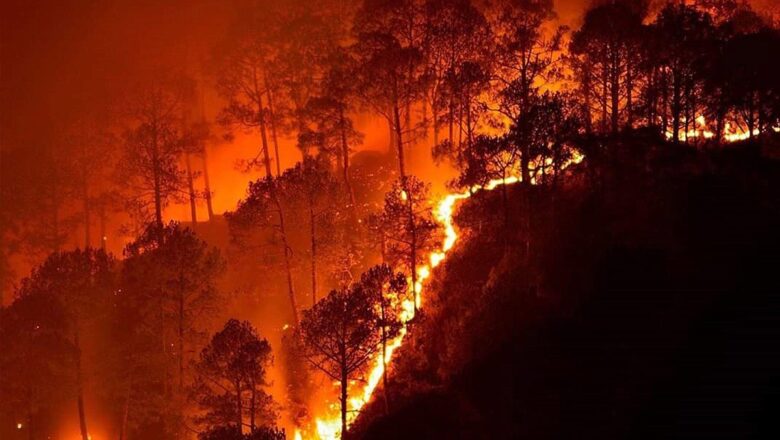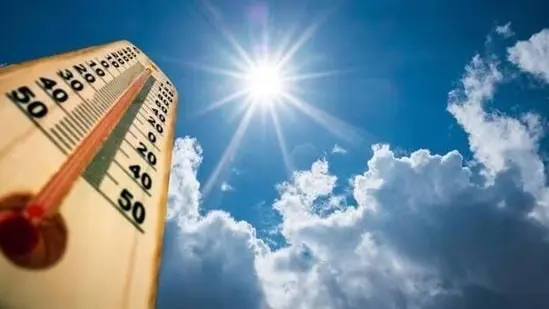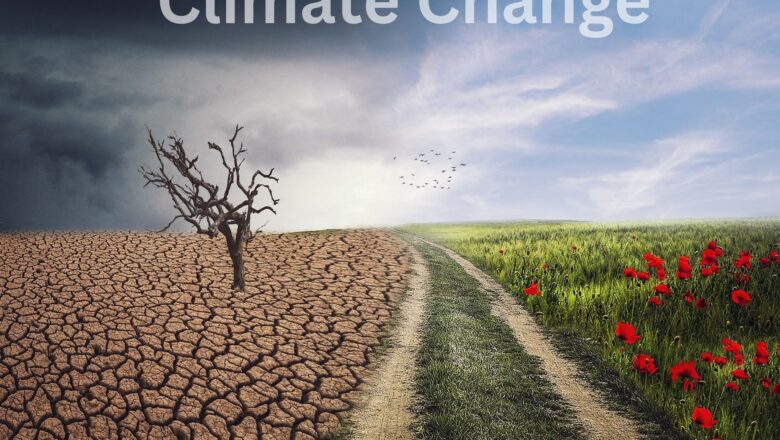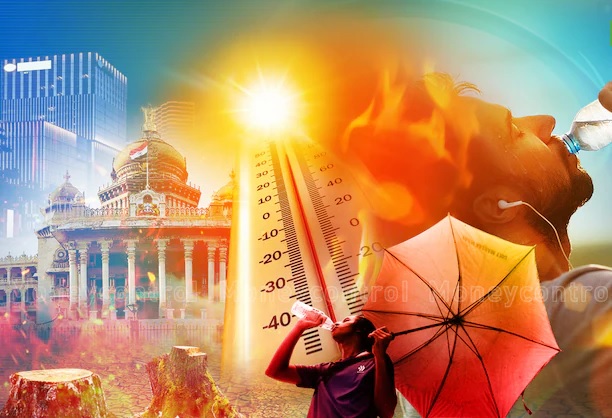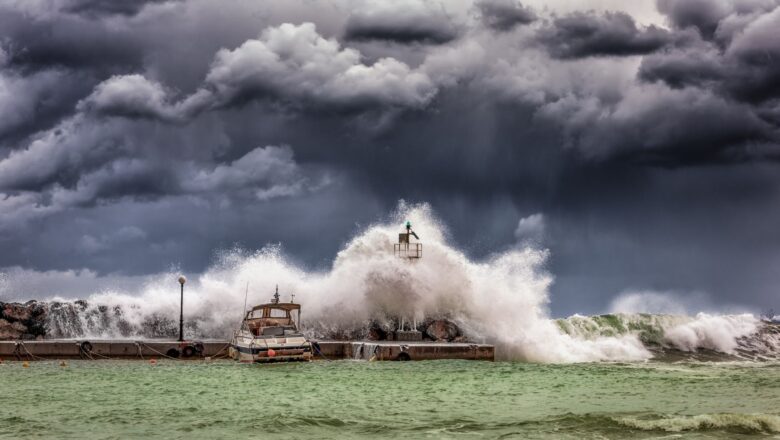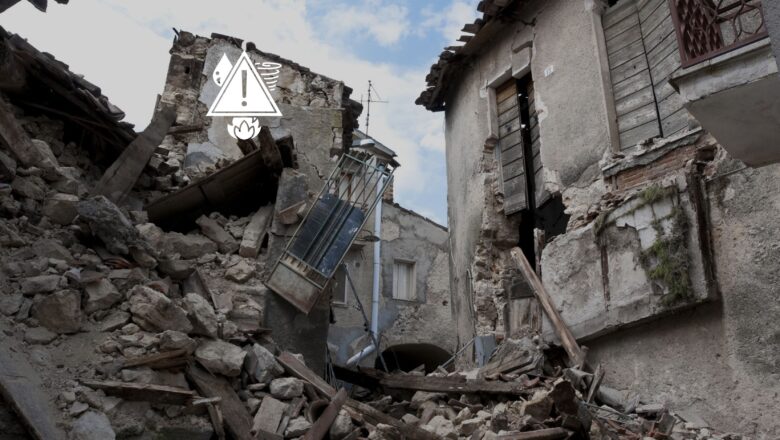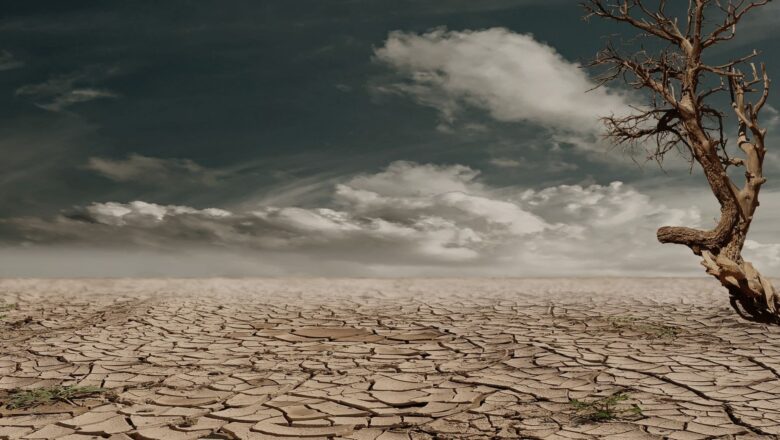
Bennu Asteroid Potential Impact How a Collision Could Trigger Global Climate Crisis and Food Insecurity
Bennu, a near-Earth asteroid, is classified as a "rubble pile" object a loose collection of rocky materials rather than a solid mass. It currently makes its closest approach to Earth every six years, coming within about 186,000 miles (299,000 km). Scientists estimate there is a one-in-2,700 chance that Bennu could collide with Earth in September 2182.
If Bennu were to strike our planet, the consequences would be catastrophic. New research based on computer simulations has outlined the likely effects of such an impact, which would include immediate devastation and long-term global disruptions to climate, atmospheric chemistry, and photosynthesis. These disruptions could last for three to four years, according to the study published in the journal Science Advances.
Lan Dai, a postdocto...

